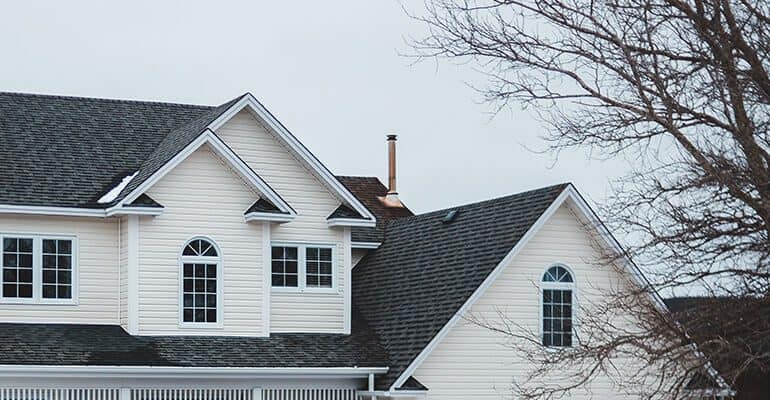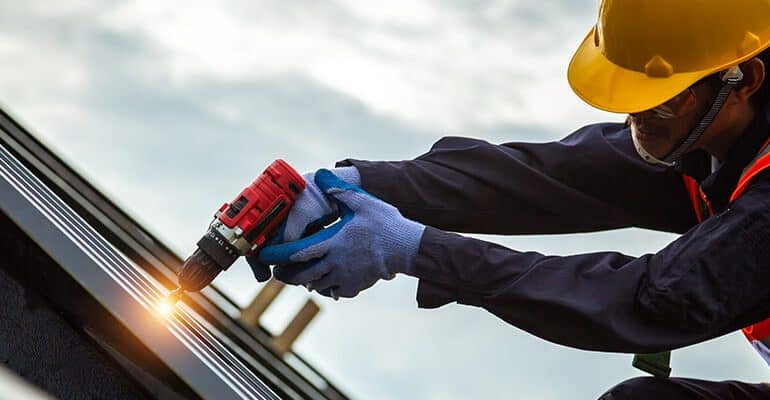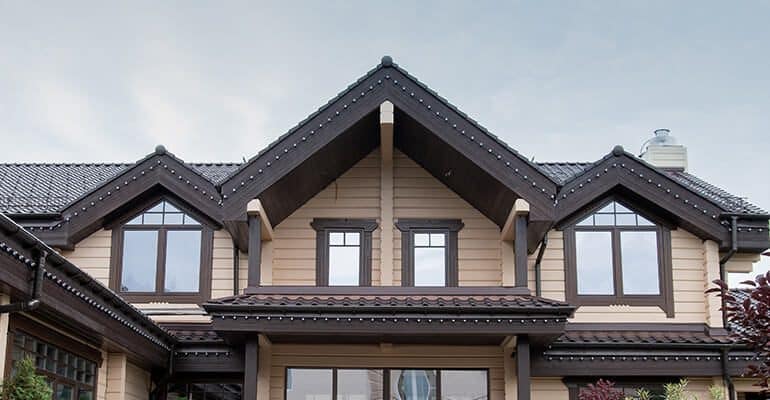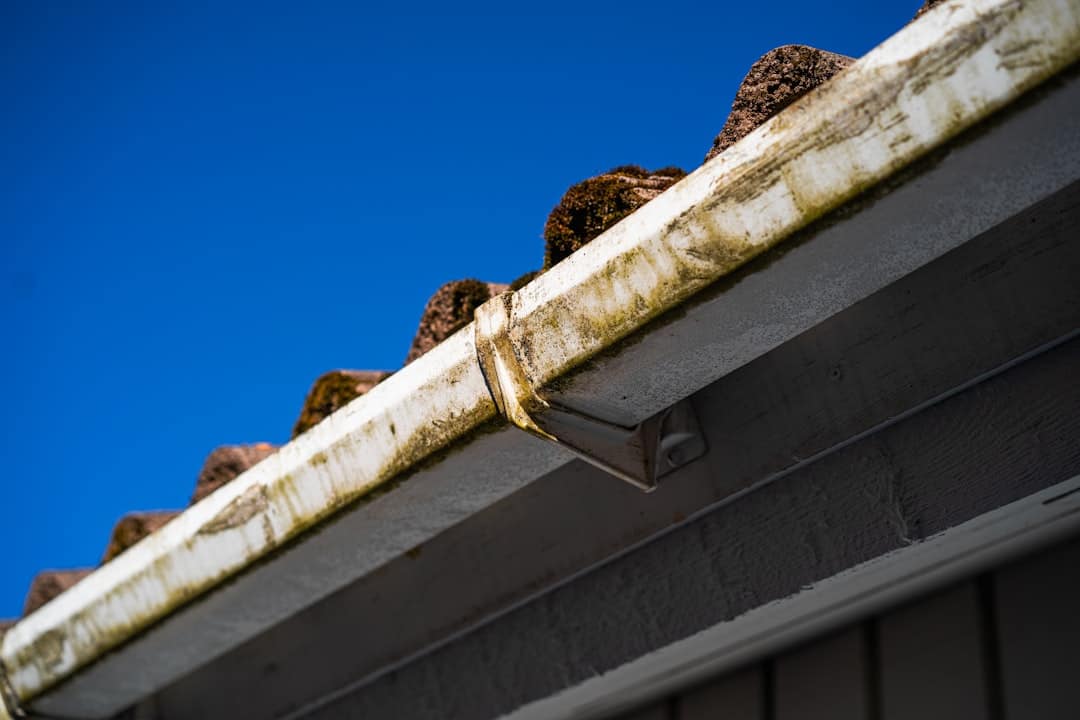The expertise of the engineer overseeing a roofing project can have a significant impact on the overall quality and success of the project. An expert engineer with a deep understanding of roof design and installation will be able to ensure that the project is completed correctly and to the highest standards.
At Roofplan, our team of expert engineers has extensive experience in all aspects of roofing. They are skilled in designing custom roofing solutions that meet the specific needs and budget of each customer. They are also knowledgeable in the use and installation of various roofing materials, ensuring that the roof is installed correctly and with the highest level of craftsmanship.
The expertise of an expert engineer is essential to the success of a roofing project. At Roofplan, we are proud to have a team of highly skilled and experienced expert engineers.
In addition to their expertise in design and installation, our expert engineers are also dedicated to customer satisfaction. They work closely with our customers throughout the project, keeping them informed and addressing any concerns or questions they may have.
Overall, the expertise of an expert engineer is crucial to the success of a roofing project. At Roofplan, we are proud to have a team of highly skilled and experienced expert engineers who are committed to delivering the best possible results for our customers.
The expertise of an expert engineer can also help to prevent costly mistakes or issues during the roofing process. A poorly designed or installed roof can result in a range of problems, such as leaks, structural damage, or even the need for a complete roof replacement. By working with an expert engineer, you can be confident that your roof will be designed and installed correctly, helping to avoid these types of issues and ensuring the long-term performance and longevity of your roof.







